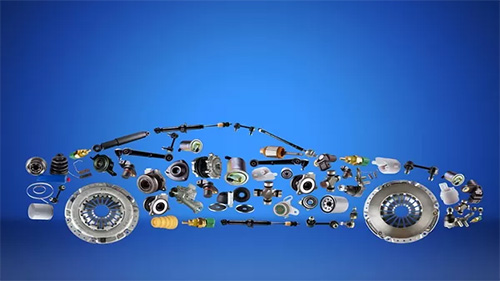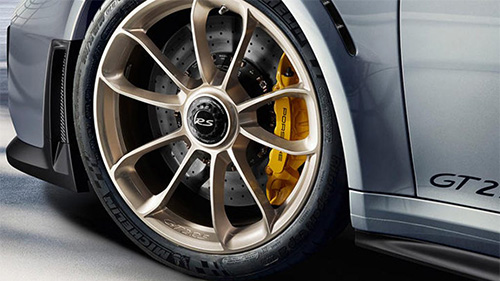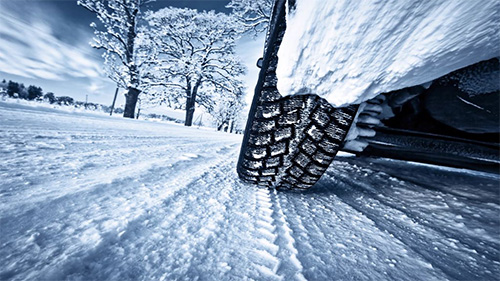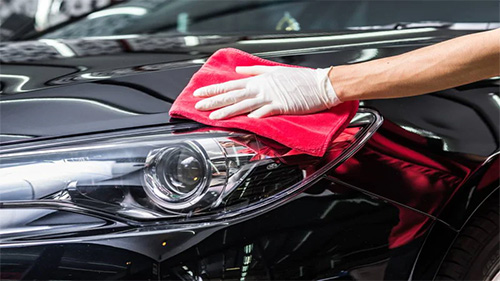Spotting Fake ‘OEM’ Labels: Legal Risks and How to Protect Yourself

In the automotive industry, the term “OEM” carries significant weight — it assures consumers that the parts they purchase come directly from the original manufacturer and meet strict quality and safety standards. However, the rise of counterfeit OEM labels on automotive parts poses a growing legal and safety concern. Understanding how to spot fake OEM labels isn’t just about protecting your wallet or your vehicle’s performance — it’s about knowing your legal rights and avoiding potential liability.
Why Does It Matter Legally?
The sale and distribution of counterfeit automotive parts with fake OEM labels is illegal under various trademark and consumer protection laws. These counterfeit parts not only deceive consumers but also violate intellectual property rights of legitimate manufacturers. Beyond legal violations, counterfeit parts often fail to meet safety standards, increasing the risk of accidents and subsequent liability for sellers and even vehicle owners.
If you unknowingly install counterfeit parts, you could void your vehicle’s warranty or face increased repair costs. Worse, should a defective fake part cause an accident, legal consequences could extend to personal injury lawsuits or insurance disputes.
Three Clues to Spot Fake OEM Labels
Check the Label Quality and Print
Authentic OEM labels use high-quality printing technology with crisp, clear text and logos. Blurred fonts, spelling mistakes, or off-center placement are red flags indicating a counterfeit.
Verify the Packaging and Documentation
OEM parts come with consistent, professional packaging and official documentation or certificates of authenticity. Fake labels often accompany flimsy packaging or lack proper paperwork.
Look for Security Features
Many OEM manufacturers include holograms, QR codes, or tamper-evident seals on their labels. Absence of these features or poorly executed imitations suggest the label is fake.
Legal Protections and Enforcement
Various laws protect consumers and manufacturers from counterfeit parts, including the Lanham Act in the U.S., which prohibits trademark infringement and false advertising. Regulatory agencies like the National Highway Traffic Safety Administration (NHTSA) also monitor aftermarket parts to enforce safety compliance.
If you suspect counterfeit parts, reporting to consumer protection agencies and manufacturers can help curb illegal distribution and protect other consumers. Sellers knowingly distributing fake OEM parts face fines, civil lawsuits, and even criminal charges.
Spotting fake OEM labels is not only critical for your vehicle’s performance and safety but also for staying within legal boundaries. By learning to identify counterfeit parts, you safeguard yourself from legal troubles, protect your investment, and contribute to upholding industry integrity. Next time you shop for automotive parts, remember: verifying the authenticity of OEM labels is a step that pays off in safety and peace of mind.







